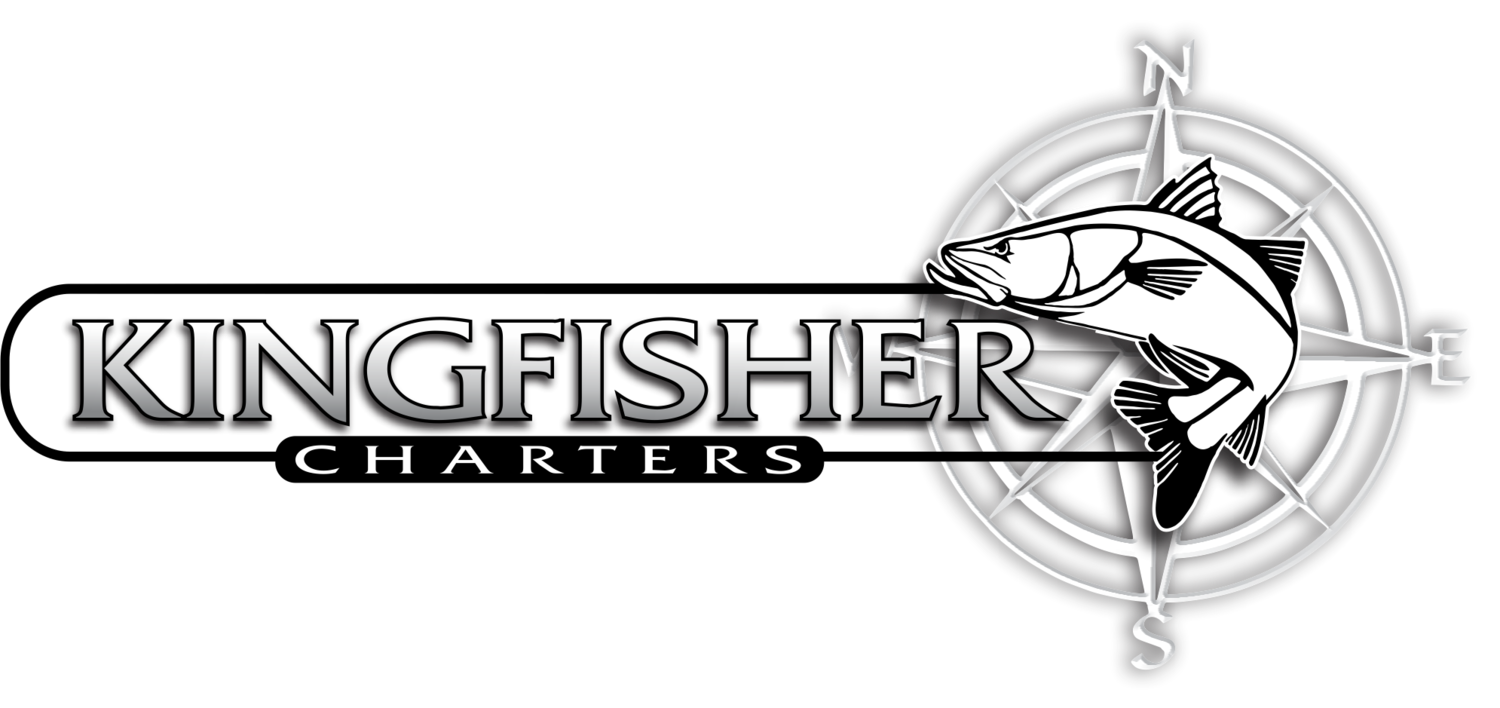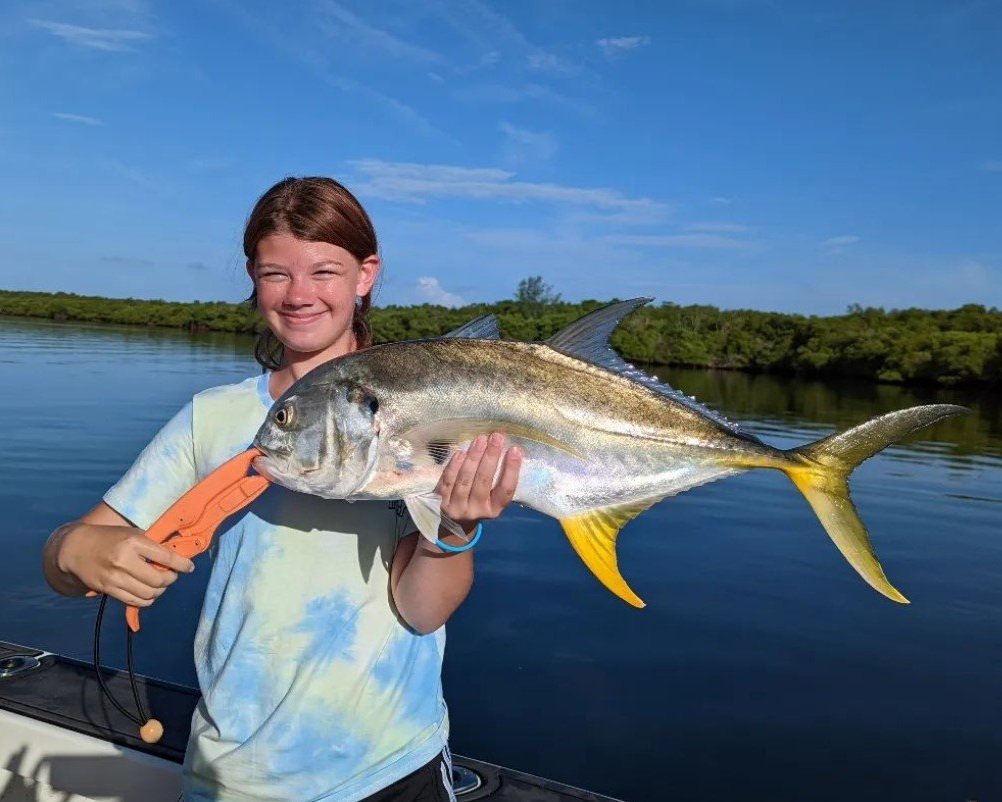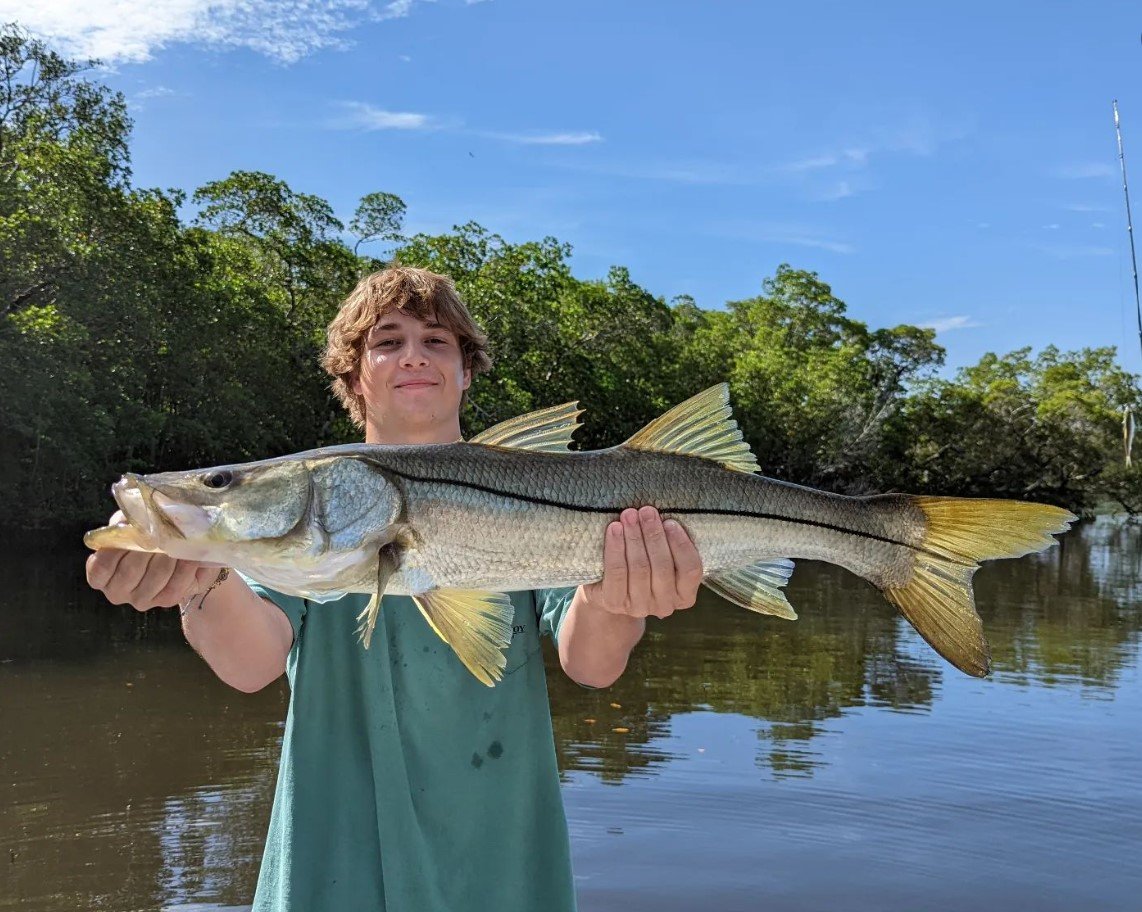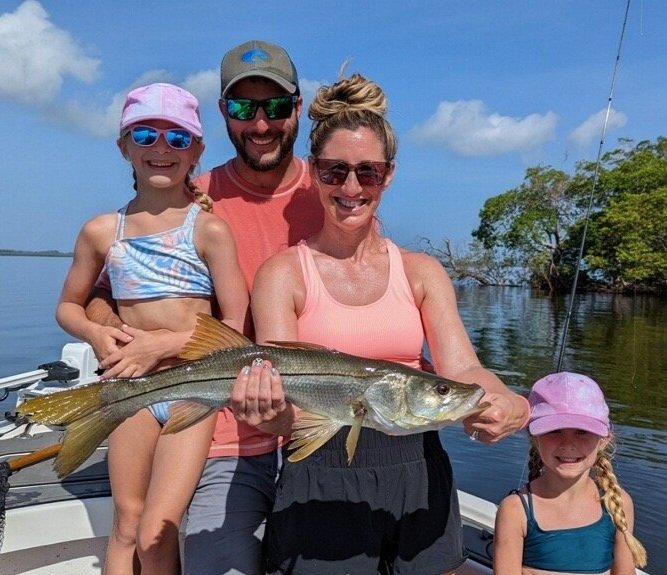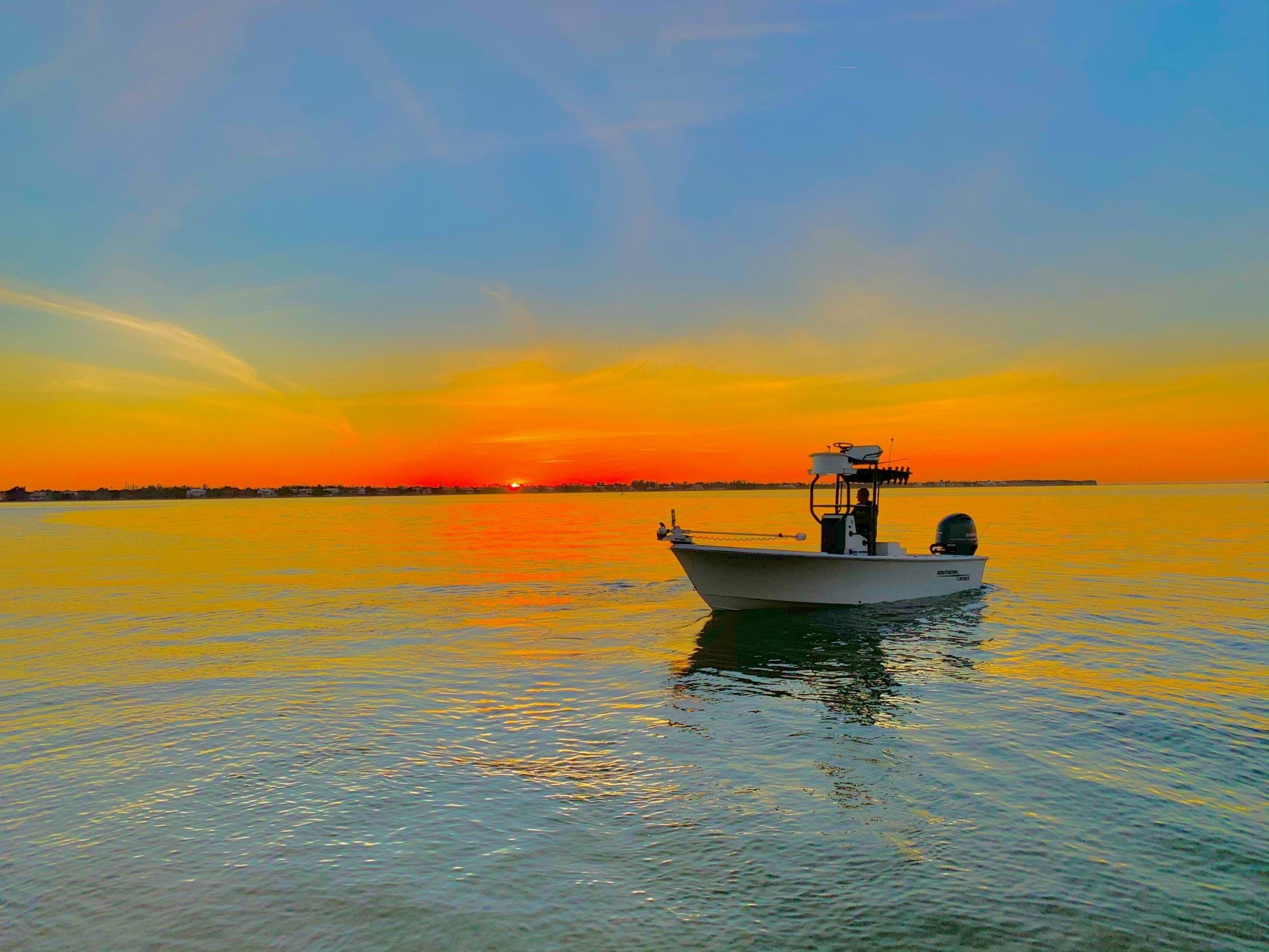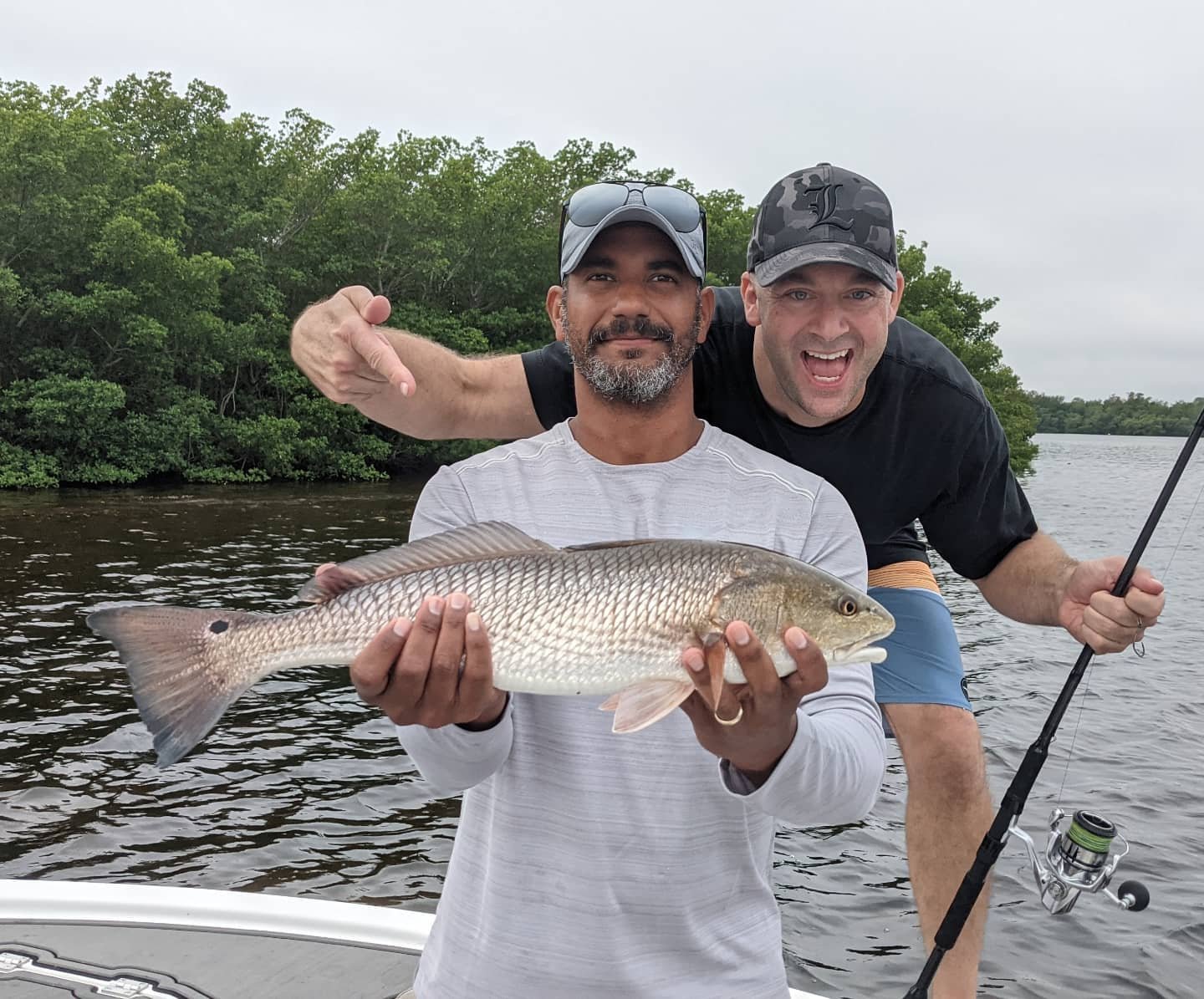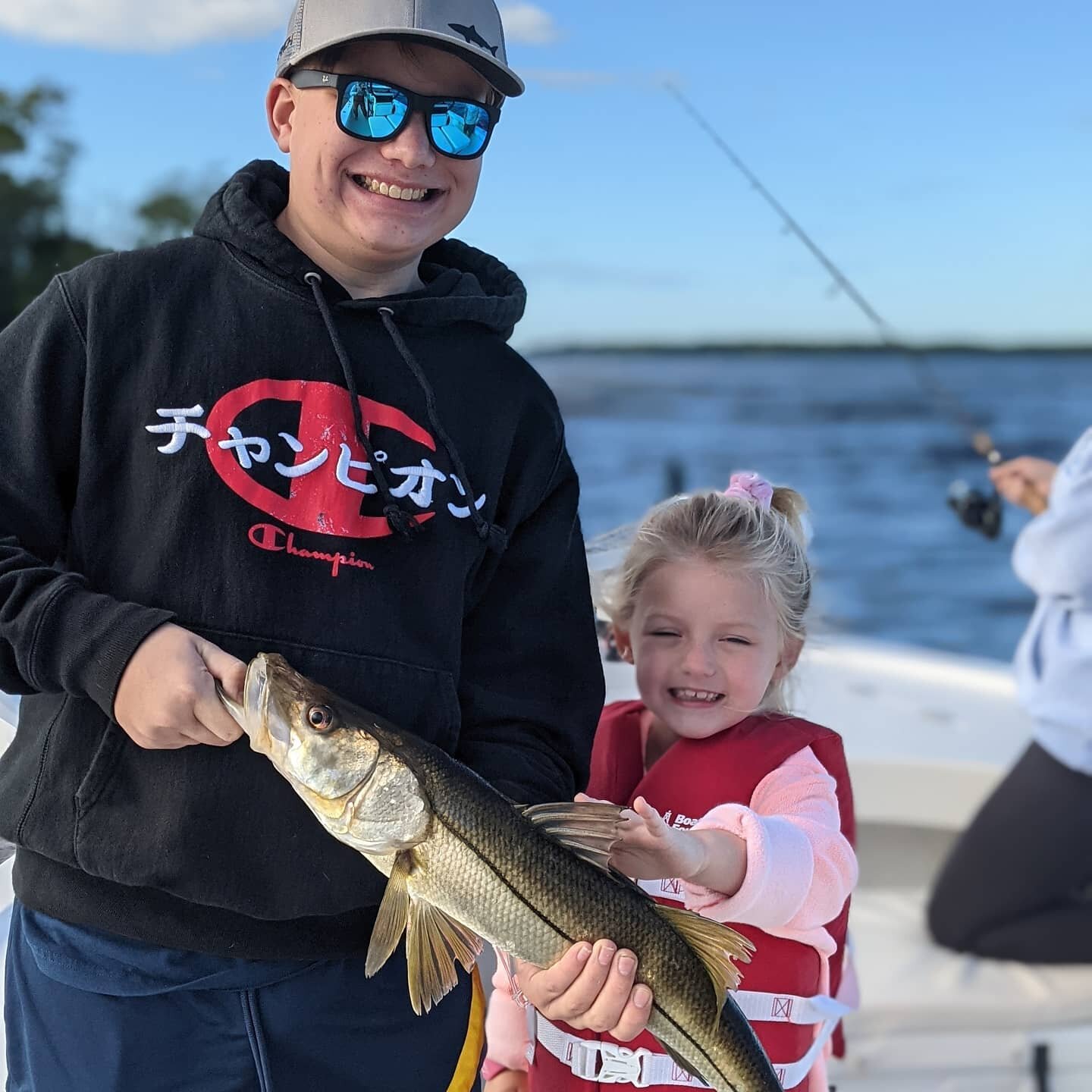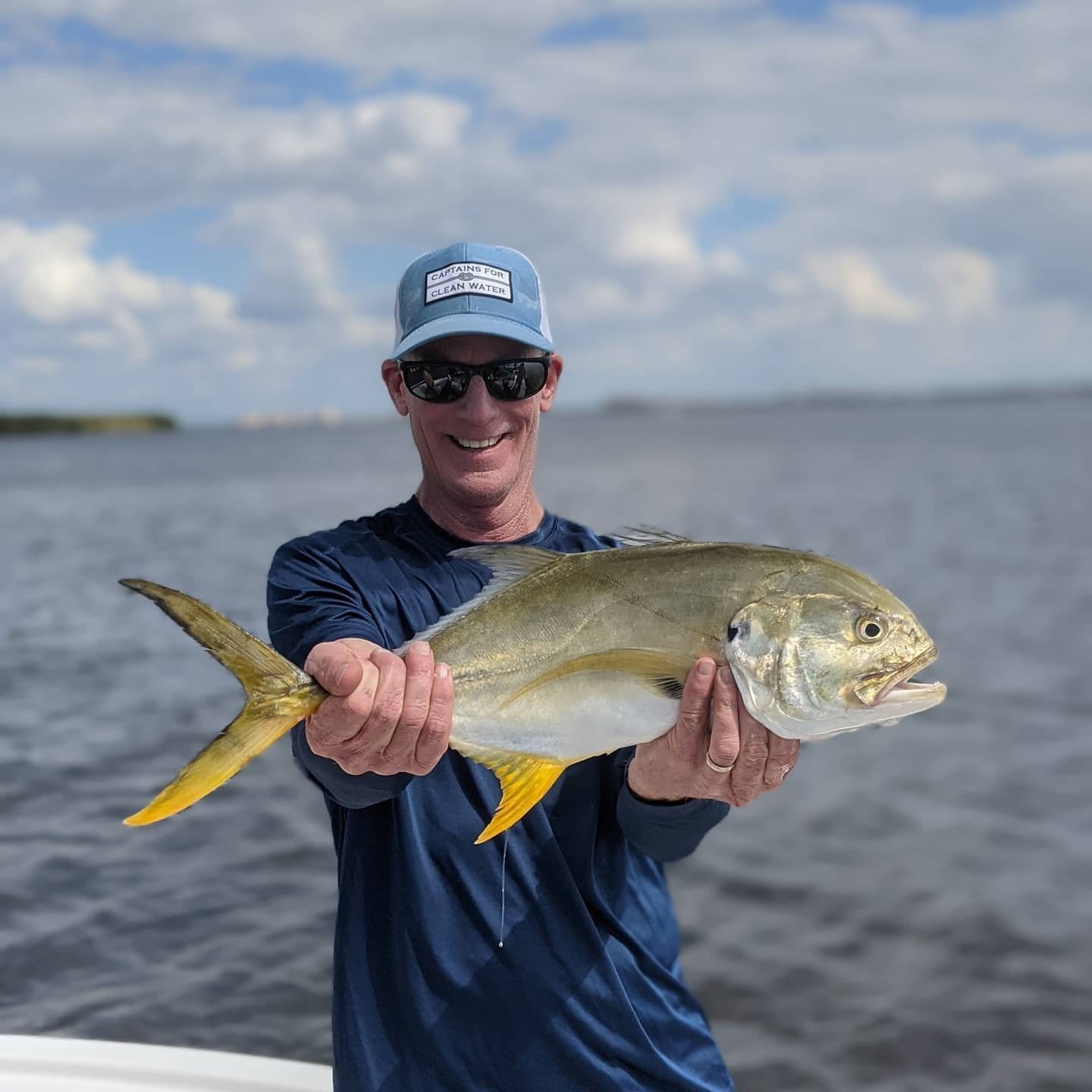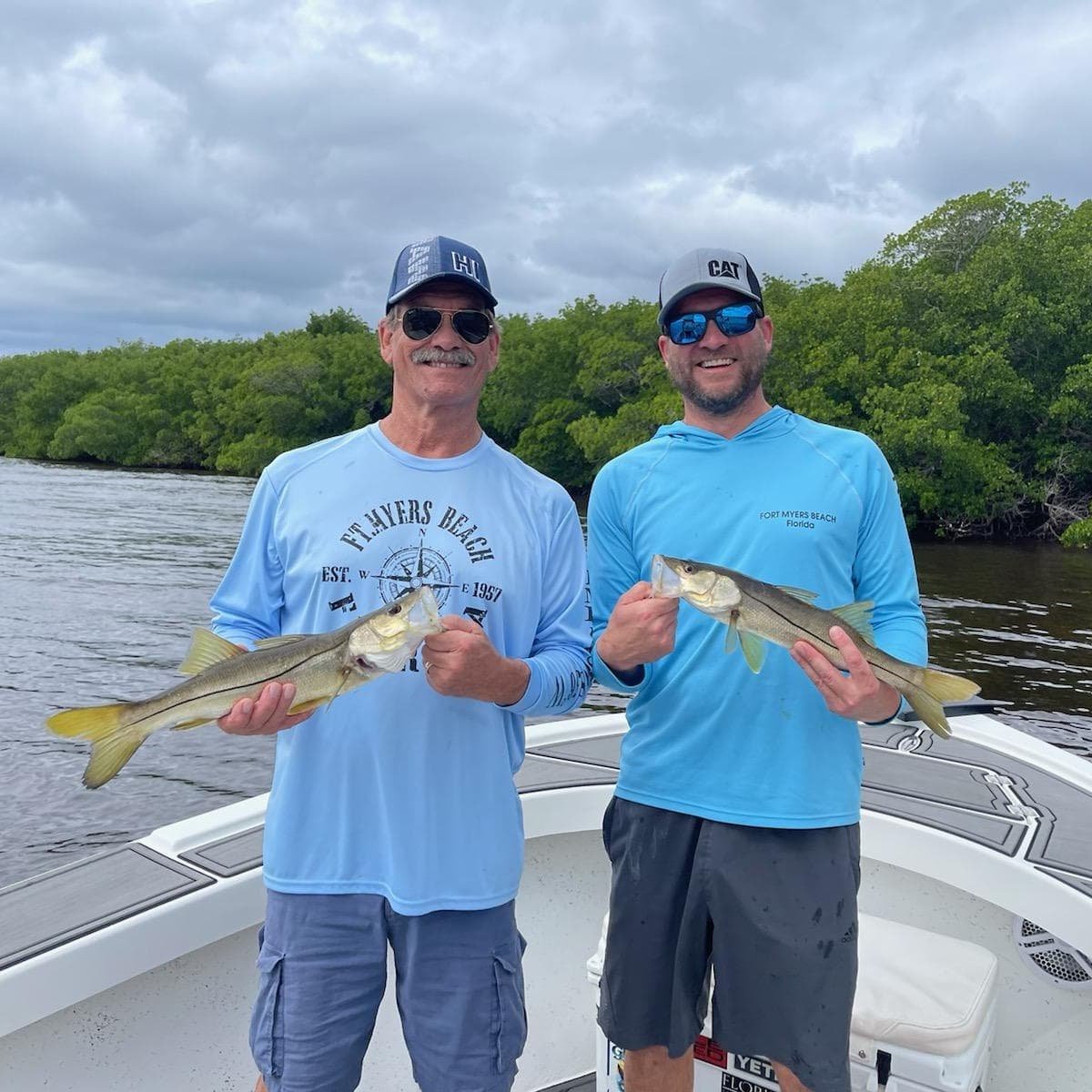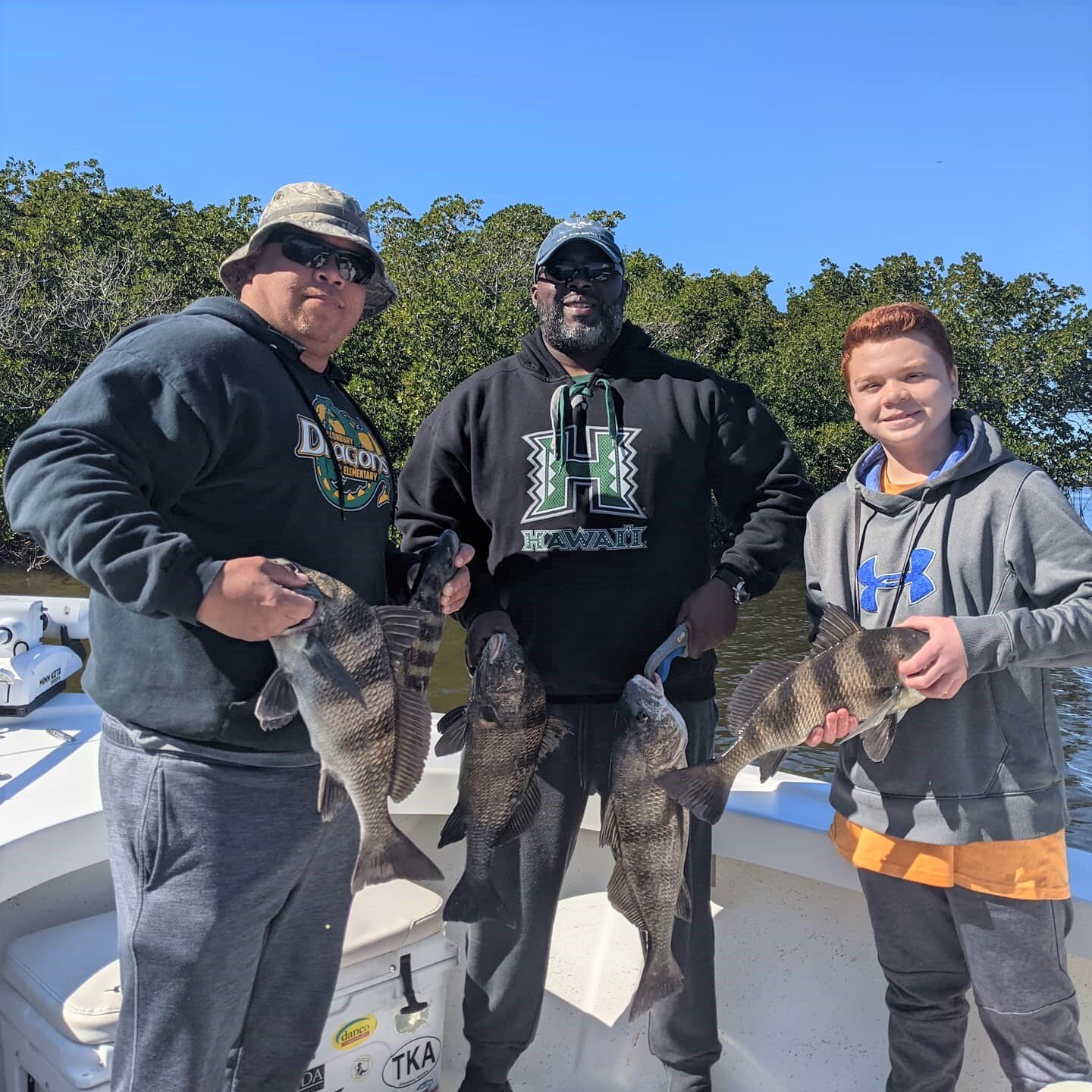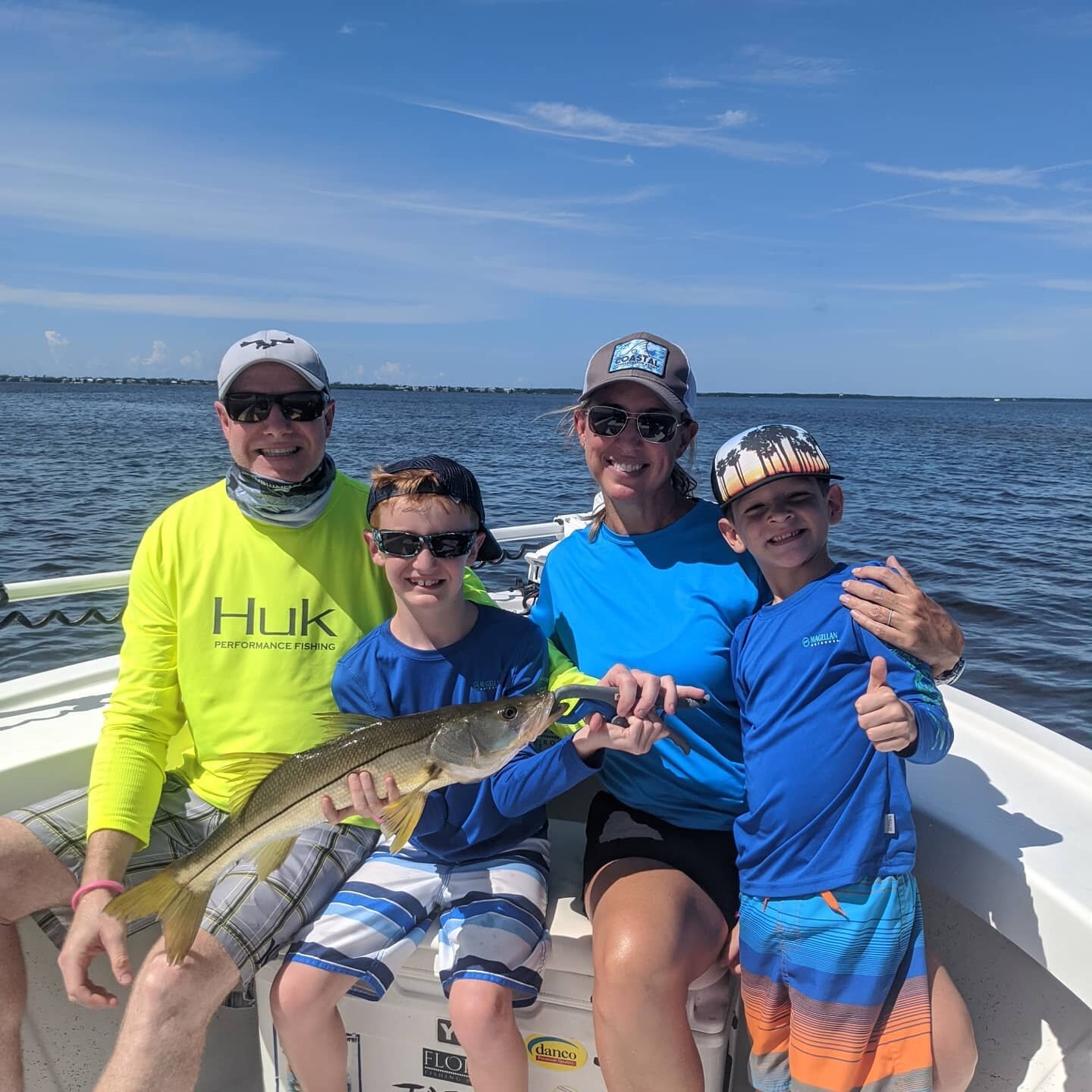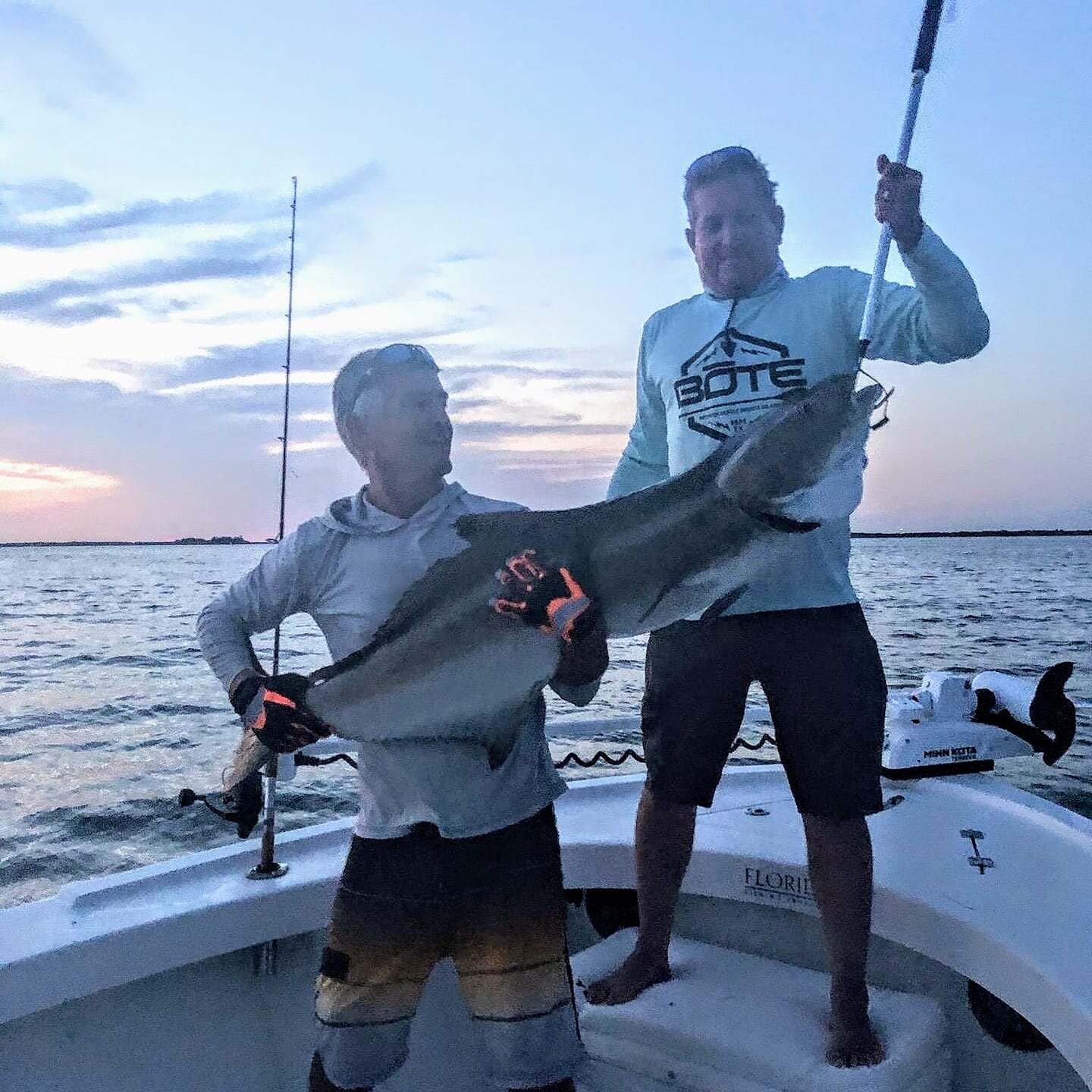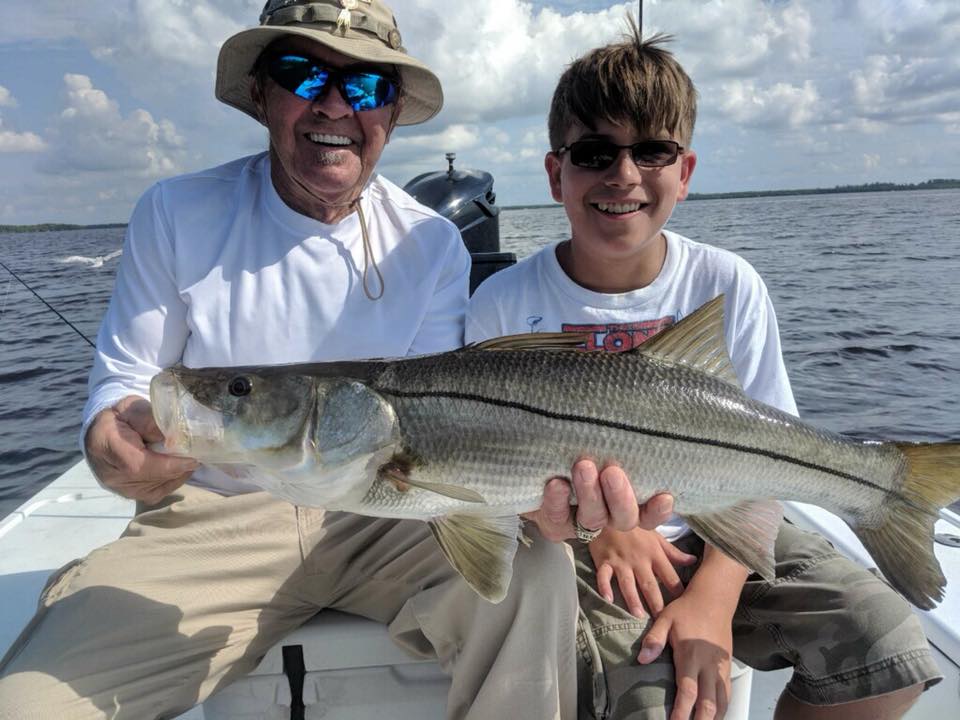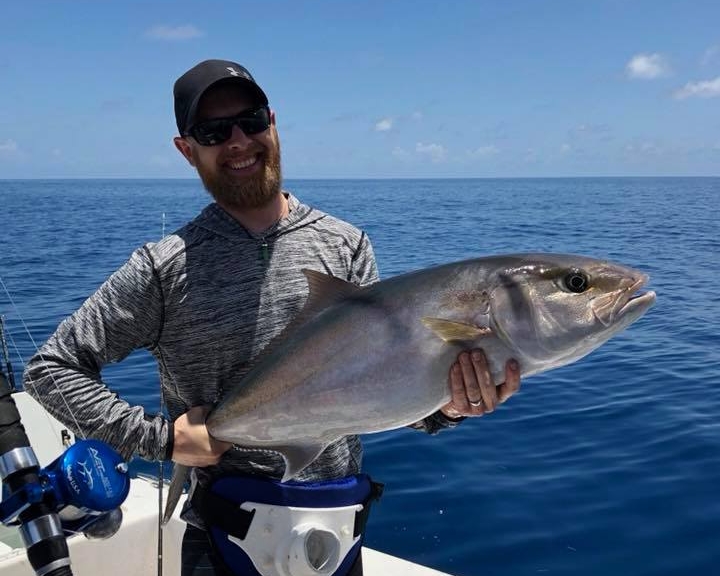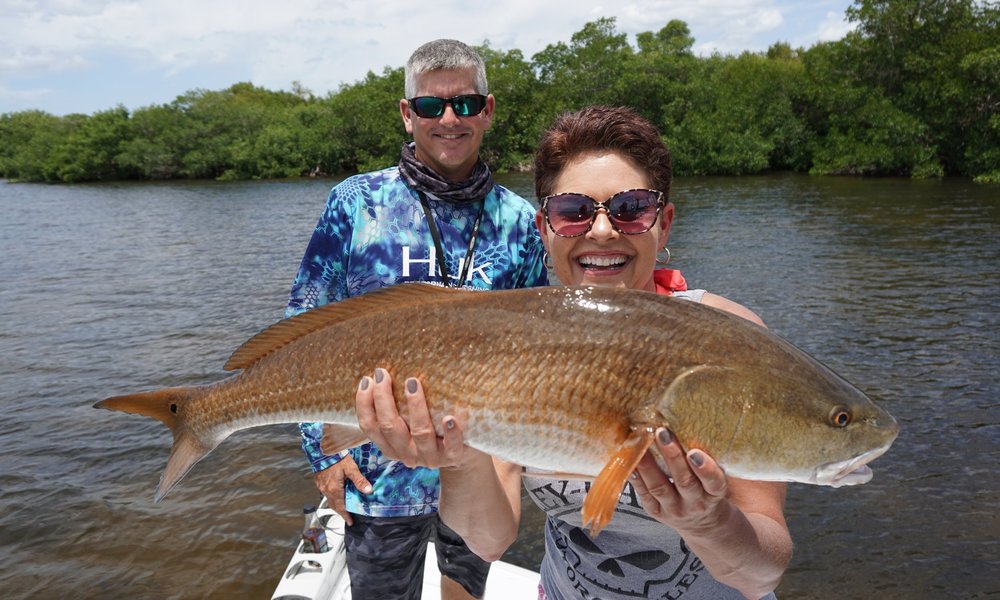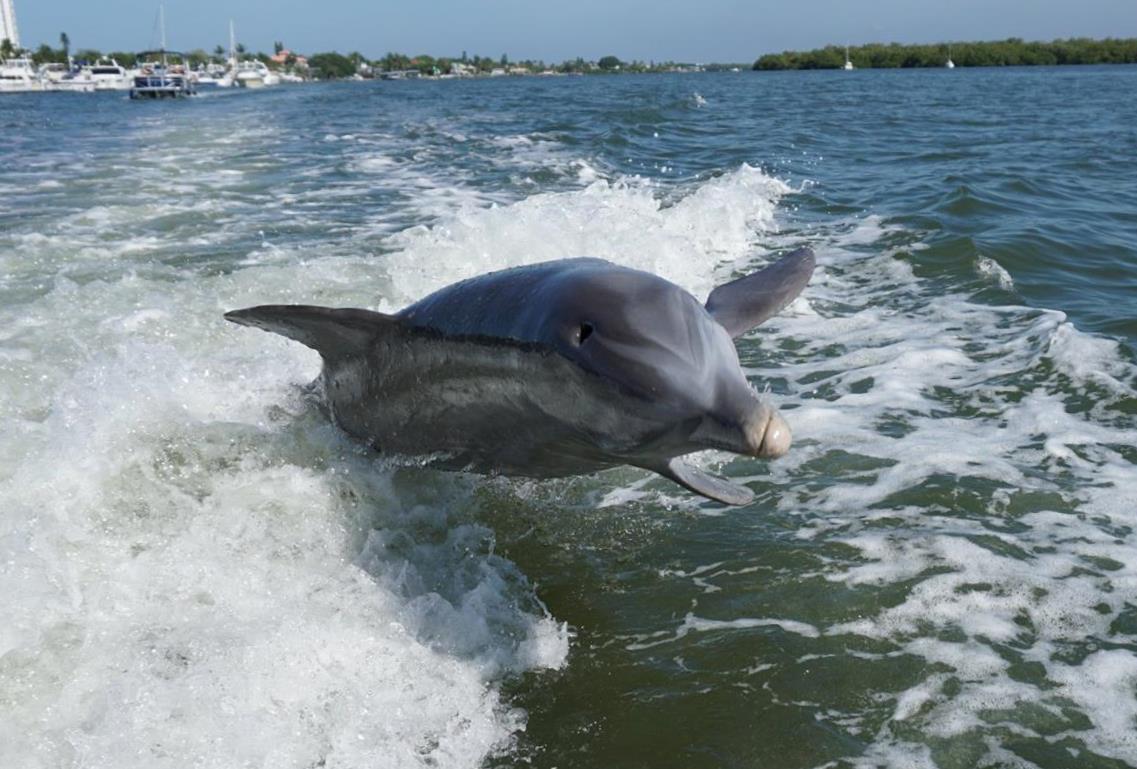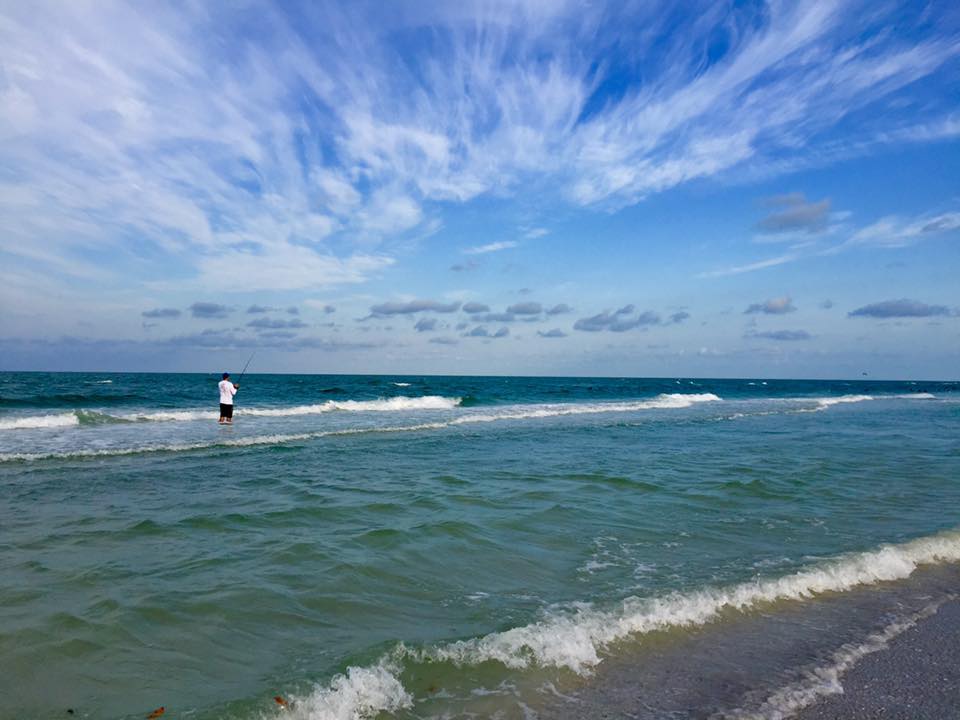Ft. Myers Fishing Charters
Fishing Charters & Tours
Enjoy a full or half day of fishing, shelling, dolphin watching, sunset cruises and more.
The Latest Reports & Fishing Articles
Winter in Fort Myers is not an off season for fishing. It is a shift in how and where fish feed. Cooler but still mild Gulf temperatures concentrate bait and gamefish in predictable places, from the mangrove edges of Pine Island Sound to the nearshore reefs and wrecks off Sanibel, Captiva, and Fort Myers Beach.
Each year, as Gulf waters around Sanibel and Captiva begin to cool, an extraordinary transformation takes place. The milky turbidity of summer tides fades, and suddenly the water clears to a glasslike sheen. Inshore, seagrass meadows and sandy potholes become visible again, while nearshore reefs take on the teal vibrancy found in postcards. This marks what many experienced fishermen know as the clear water season, a time when sight fishing becomes not only possible but deeply rewarding.
Fall on the Southwest Florida coast brings change to the tides, the weather, and the fishing. Ft. Myers, Sanibel Island, and Captiva sit at the center of this shift, where the Gulf of Mexico meets a maze of backwaters, mangroves, and grass flats. For fishermen, this season is a time when bait schools flood into bays, predator fish feed heavily to prepare for cooler waters, and the opportunities range from sight casting to redfish in the shallows to chasing grouper on offshore ledges. This overview explores the species available during the fall months and the conditions that shape their behavior, with each category of habitat covered in detail: inshore, nearshore, and offshore.
